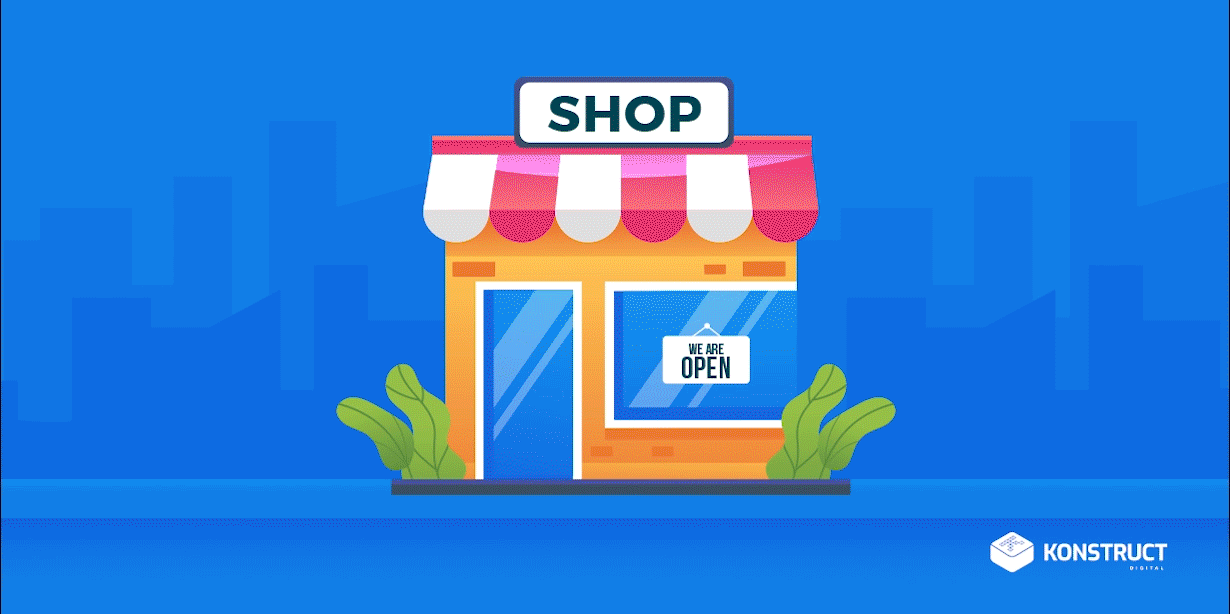Have you ever Googled a challenge you were experiencing and found a blog post that provided a ton of valuable information? Did it make you think, “Wow, these people really know their stuff! Are they really giving this away for free??”
Maybe the content was so awesome that you even decided to follow the company on LinkedIn or subscribe to their newsletter.
And maybe a few months later, when you had the budget and were looking for a partner to support you with that same challenge, the company that wrote that top-notch article was at the top of your mind.
If so, you were on the receiving end of a successful business-to-business (B2B) inbound marketing campaign!
Inbound marketing has proven to be a force to be reckoned with in the B2B marketing landscape.
In fact, studies have shown that inbound marketing generates three times more leads per dollar than traditional marketing methods (Gitnux).
But hey, if you’re aiming to crash and burn at inbound marketing, you’re in the right place!
An inbound marketing strategy can easily be derailed by common misconceptions and mistakes. From a misguided content marketing strategy to misaligned audience targeting, mistakes can hinder the potential of your campaign.
So, if failing at B2B inbound marketing is your goal, definitely don’t avoid the following mistakes and misconceptions we’re covering in this article!
B2B Inbound Marketing Misconceptions
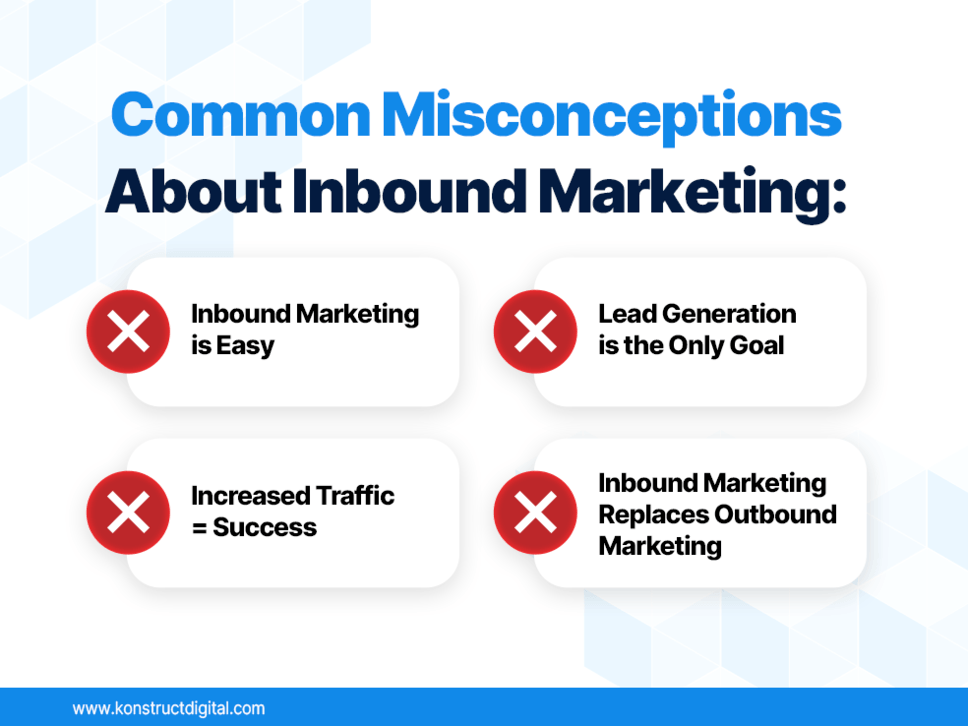
Inbound Marketing is a Piece of Cake
With the rise of digital platforms, creating and publishing content has become more accessible than ever. Anyone can start a blog, create a social media account, or send out an email newsletter, so inbound marketing must be as simple as just putting content out there, right?
Nope. Wrong.
So, let’s set the record straight!
Inbound marketing requires expertise, research, planning, and continuous optimization. It’s not a one-size-fits-all solution that you can just set and forget. Successful implementation requires a deep understanding of your audience, the right marketing tools, and the ability to adapt to changes in the digital landscape.
It’s not just about creating content but creating the right content that resonates and drives action.
So, if you want to fail, ignore the need for expertise, research, and continuous optimization. Just throw content out there and hope for the best!
Lead Generation is the Holy Grail
Every business wants more leads. More leads, especially more SQLs, typically translates to more revenue for your business.
I get it.
But, while lead generation is one objective of inbound marketing, it’s not the be-all and end-all.
We know… it’s often easier to rally behind the concept of “more leads” than more abstract benefits like brand loyalty or long-term engagement.
But, by focusing solely on lead generation, you risk overlooking the importance of delivering valuable and quality content that educates, engages, and delights your audience throughout their entire customer journey.
In the B2B space, inbound marketing is not just the subtle art of capturing those actively seeking a solution to their problems but also about activating those prospective customers in the future.
So, while lead generation is great, inbound marketing’s true power lies in creating a lasting relationship with your audience.
If you’re consistently offering value, you’ll not only attract new leads but also foster loyalty among your existing customers.
It’s about engaging people who are searching for a solution today and generating content that speaks to potential customers down the line to guide them through your marketing funnel so they eventually become your customers or clients AND your biggest advocates.
So, if you only chase leads and ignore the bigger picture of brand loyalty and long-term engagement, you’ll be on the fast track to failure!
Increased Traffic = Time to Pop the Champagne
Some people see a significant increase in traffic generated by a B2B inbound marketing campaign and jump for joy, throw a party, and call their mom telling her they’re on the cusp of a big promotion.
We’re not those people.
At its core, traffic represents visibility. The more people that visit a website, the more exposure a brand gets. So, it’s easy to view this visibility as a success.
But, how much of this traffic is relevant?
Because a bunch of random people flocking to your site who are not interested or able to purchase what you’re selling and/or are a far cry from your target audience doesn’t translate to success at all.
When building a successful inbound marketing strategy, it’s not just about attracting eyeballs; it’s about engaging with the right audience.
It’s about traffic intent.
In the realm of inbound marketing, quality trumps quantity, and intent is the real gold.
But, it’s important to differentiate traffic intent from purchase intent.
Not every visitor will immediately intend to purchase, and that’s okay! Some might be looking for information or solutions to a problem, which, as long as they are in your target audience, are still important people to engage with.
Inbound marketing caters to all stages of the funnel, ensuring that even if visitors don’t convert now, they leave with a positive impression, making them more likely to return when they’re ready to make a purchasing decision.
But if you want to pat yourself on the back for irrelevant traffic, go right ahead!
Inbound Marketing is the New Black
The digital age has ushered in a wave of new marketing strategies, with inbound marketing taking centre stage for many businesses.
Its emphasis on attracting customers organically through content creation, search engine optimization (SEO), social media marketing, and more has led some marketers to believe that it’s the new one-size-fits-all solution, rendering traditional outbound marketing methods obsolete.
But, we’re here to tell you that this isn’t the case…
Inbound and outbound marketing can coexist and complement each other. Kind of like a quarterback and wide receiver – one sets up the play, and the other brings it home!
Outbound marketing tactics like targeted advertising, trade shows, and cold outreach can still be effective when used strategically alongside inbound marketing efforts.
While traditional marketing methods can capture your audience’s immediate attention, inbound marketing focuses and excels at building long-term relationships and nurturing leads.
So what’s the key to making this work?
Finding the right balance for your specific goals and target audience.
But if you’re aiming for failure, go ahead and throw outbound marketing out the window!
B2B Inbound Marketing Mistakes
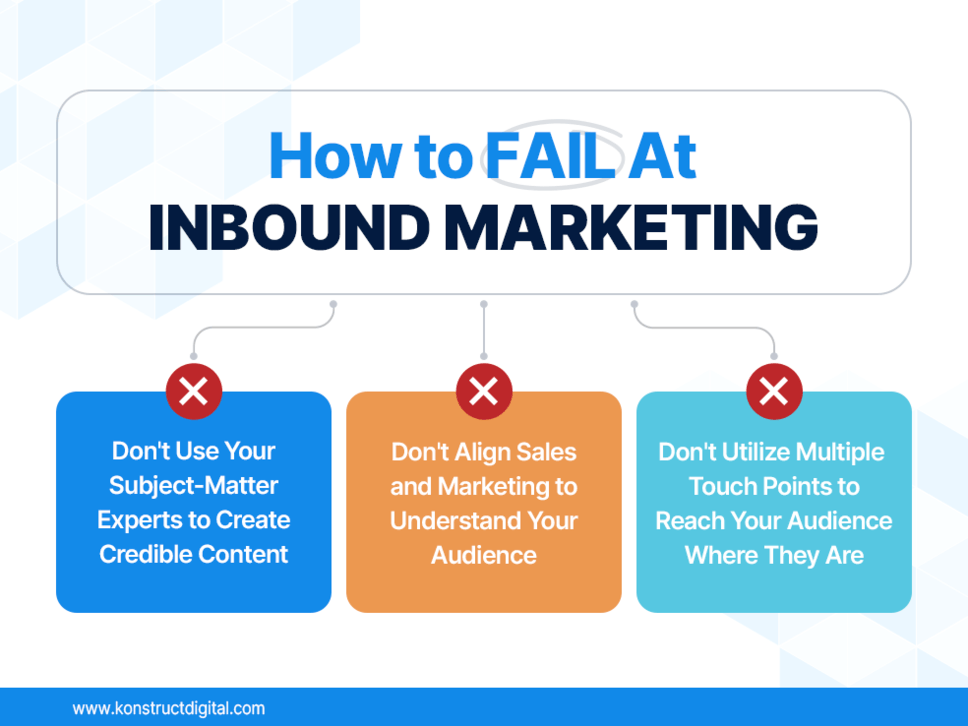
Failing to Align Sales and Marketing
Want a surefire way to make your B2B inbound marketing campaign fall flat? Cut off all communications between your sales and marketing teams!
In all honesty, it’s not uncommon for sales and marketing teams to operate in silos.
But these silos can create all kinds of issues or missed opportunities when it comes to inbound marketing.
We’re talking incomplete customer insights, inaccurate targeting, slow response to market changes, difficulty in personalization, and more.
Sales teams know the customers; they talk to them every day, they know what questions and concerns your customers have, and they understand their current needs and desires.
On the other hand, marketing teams have the creativity and expertise to reach and engage those customers effectively.
Imagine your sales and marketing teams as two halves of a bridge. When they’re aligned, they form a complete pathway that guides your audience smoothly from awareness to conversion.
Not Leveraging Subject-Matter Experts
In B2B, credibility is table stakes.
People don’t just throw money at you and hope for the best.
They need to trust your business to deliver a product or service that will help them achieve their desired business outcome(s).
Fortunately (or unfortunately if you’re trying to fail), the key to credibility is within your arm’s reach…
The SMEs at your organization!
Creating content such as landing pages, blogs, emails, and social posts, should be a collaborative effort between your marketing team and the relevant subject matter experts to produce content that’s not only interesting but also credible.
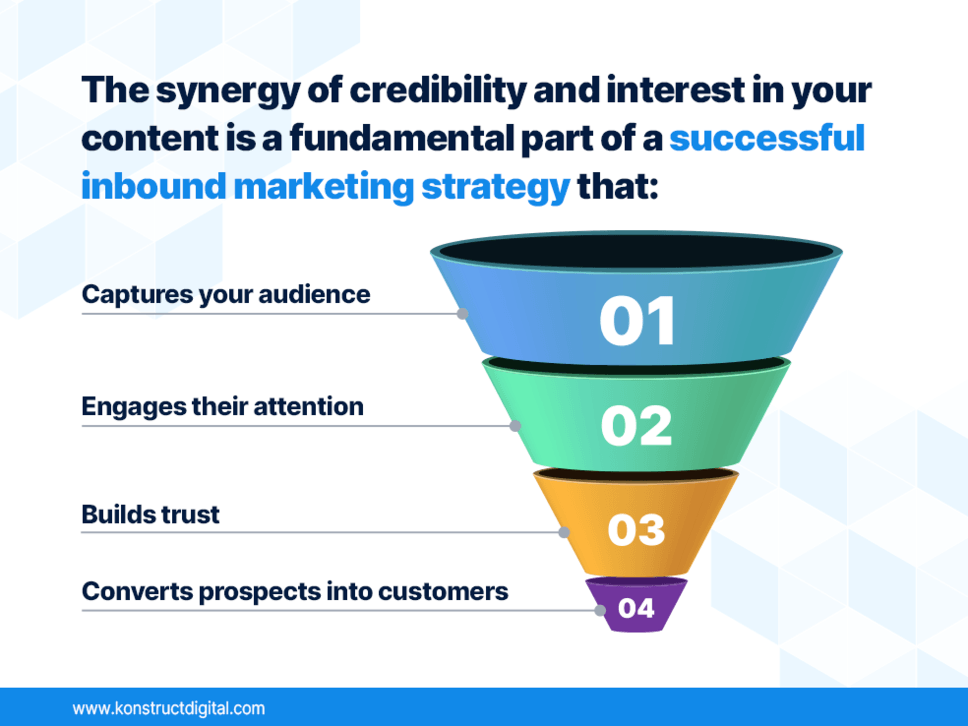
However, many B2B businesses make the mistake of not engaging their subject matter experts effectively, leaving them with content that lacks substance and credibility.
The challenge is getting busy SMEs engaged in marketing…
But, wrangling those SMEs will pay off tenfold when you can produce quality content that effectively demonstrates their expertise.
Maybe offer to buy them a coffee? Tell them you’ll name your first-born child after them? Do what you gotta do!
Oh wait, I forgot I’m here to help you fail at inbound marketing…
Focusing Your Attention on a Single Touch Point
Everyone likes a good comfort zone once in a while.
Most marketers have a preferred channel, even the die-hard generalists.
It’s easy to zone in on one marketing channel, especially if you’ve seen initial promising results.
So, if failing is the goal, keep doing that!
This tunnel vision can quickly leave you up the creek without a paddle.
A successful inbound marketing strategy needs to focus on different channels, and here’s why.
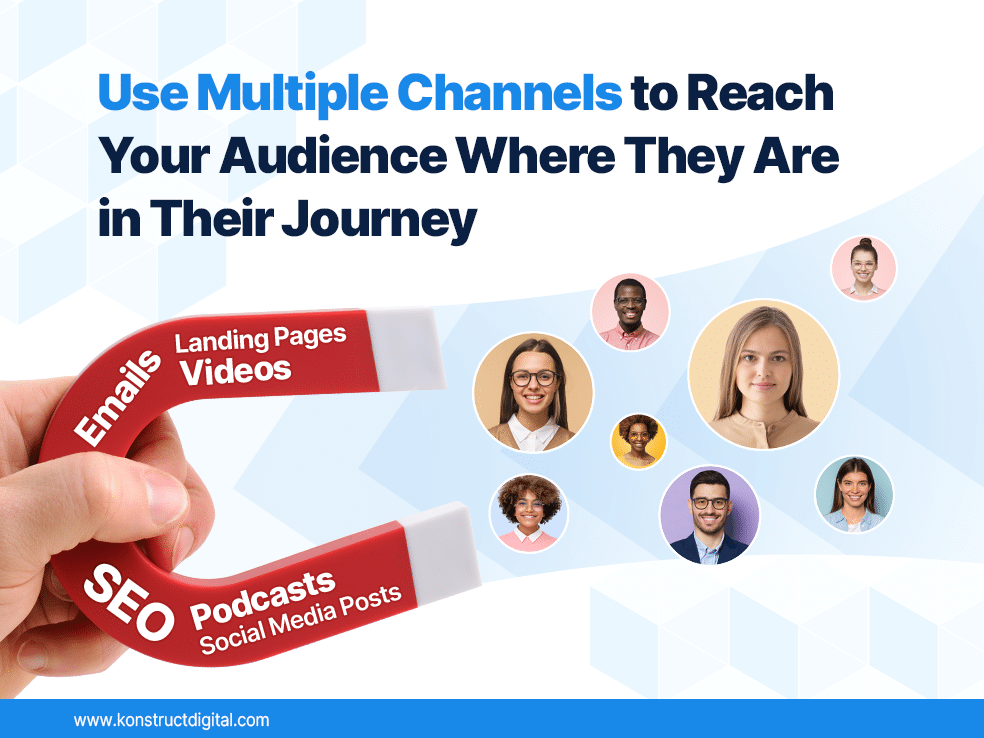
Imagine your customer’s journey as a complex maze, filled with twists and turns. It’s important to create a breadcrumb trail that creates a seamless path that leads your potential customers out of the weeds and right to your business.
By relying solely on one channel, you’re essentially placing all your breadcrumbs in one spot, hoping your customers stumble upon it. But in reality, customers traverse through multiple channels before making a decision. They might start with a social media post, then move to a blog article, followed by an email newsletter, and finally a landing page.
Each of these touchpoints plays a crucial role in nurturing and guiding them closer to a purchase.
By diversifying your inbound marketing efforts across multiple channels, you increase the chances of your brand being present at every stage of their journey.
Moreover, different customers have different preferences; while some might be avid readers and prefer blogs, others might be visual learners and lean toward videos or infographics. By not limiting yourself to one channel, you cater to a broader audience and ensure that no potential customer is left behind.
In essence, a multi-channel approach not only amplifies your reach but also strengthens the bond with your audience, ensuring that they always find a familiar signpost leading them back to you, no matter which route they take.
Okay, That’s Enough Failure!
There you have it– a tongue-in-cheek guide to the pitfalls of B2B inbound marketing. While we’ve had our fun highlighting the “don’ts,” the real takeaway is clear: understanding these common missteps is the first step to mastering the art of inbound marketing.
In the dynamic world of digital marketing, change is the only constant. Trends evolve, algorithms shift, and audience preferences transform. But the foundational principles of understanding your audience, delivering value, and building genuine relationships remain steadfast.
If you’re feeling overwhelmed or unsure about navigating the intricate maze of inbound marketing, don’t fret! Konstruct Digital is here to be your guiding light.
With a team of seasoned experts who live and breathe B2B inbound marketing, we’re equipped to help you sidestep pitfalls and elevate your strategy to new heights. From crafting compelling content to optimizing every touchpoint, we’ve got you covered.
So, why venture into the unknown alone? Let Konstruct Digital be your trusted partner in mastering the art of inbound marketing. Request a proposal today!



